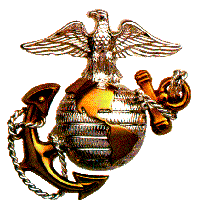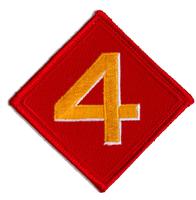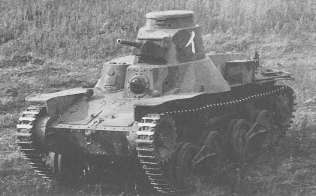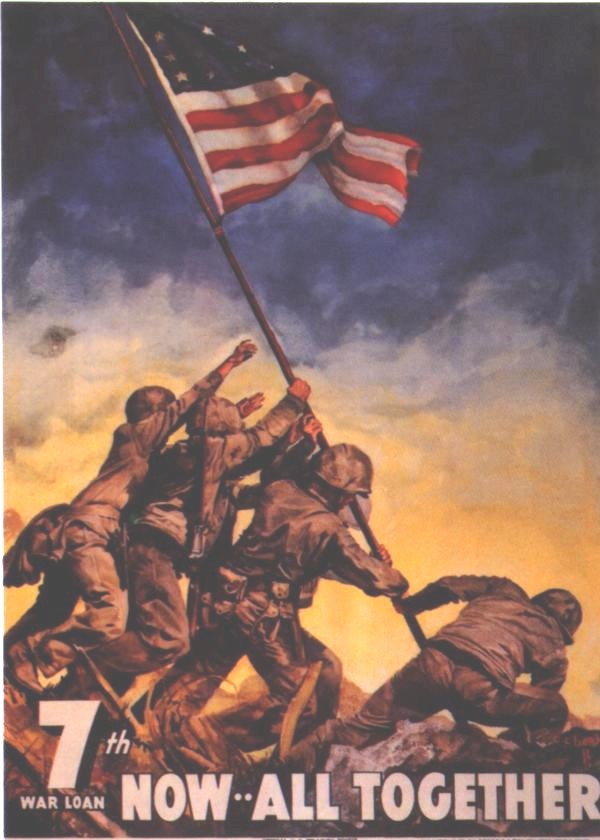
HERO OF IWO JIMA







On Iwo Jima the Japanese had 22 tanks. Every patriotic American knows about the terrible cost of victory on Iwo Jima. The very name has become a watchword within the history of the Corps.
On that fateful war patrol when the COBIA sank the Nisshu Maru, it set the Imperial Japanese Army 26th Tank Battalion adrift and all its tanks to the bottom. All but two of the 26th TB were rescued. But the loss of such firepower was irreplacable.
The 26th was a crack veteran Tank Battalion commanded by Lt. Col. Takeichi Nishi. It was on its way back from campaigns in Manchuria and Korea.
Five decades later, the Marines had still not forgotten what the gallant captain and crew of the COBIA had done for them. So on 19 July, 1997, at a gathering of COBIA veterans in Manitowoc, Wisconsin, the survivors of the Fifth Marine Division from Iwo Jima gathered to present her crew with a certificate of appreciation, signed by all who still survived of their ranks.

"No other island received as much preliminary pounding as did Iwo Jima."
--Adm. Chester Nimitz
It is not likely that any of the 880 ships sent by the navy to invade Iwo Jima, or any single squadron of bombers sortied by the Army, Navy or Marine Corp, had as much impact as the USS COBIA did six months before the landings began.
The sinking of the Nisshu Maru was one of those pivitol moments in history in which real change is affected. Boats like the COBIA led future navies under the ocean's waves for good. The submarine became the new flagships of future navies and the grand juggernauts drifted over the horizon into posterity.
In most cases the Silent
On D-Day, 19 February, 1945, the Navy's heavy guns opened up and maintained an hour long artillery barrage that would have opened the gates of hell.Then a hundred and ten bombers took over the task. When they were done, the heavy guns resumed their deadly salvoes.

